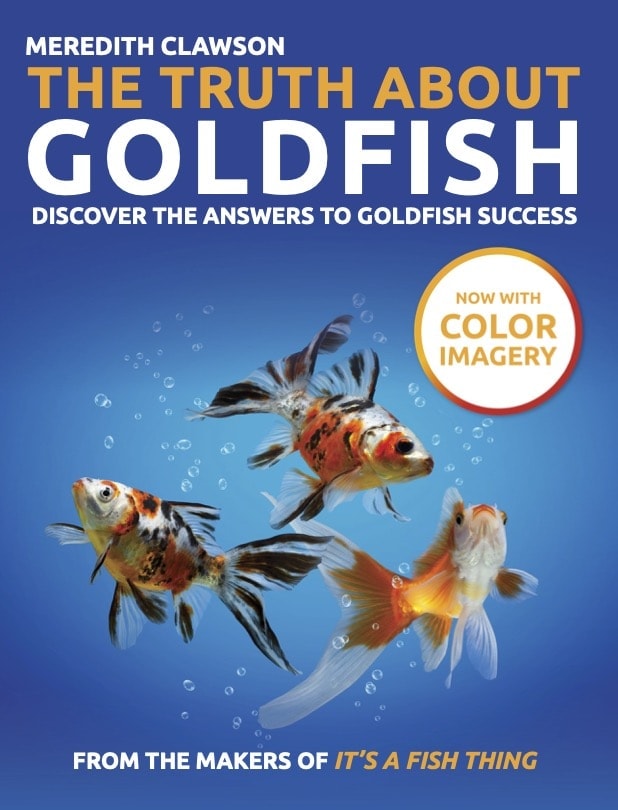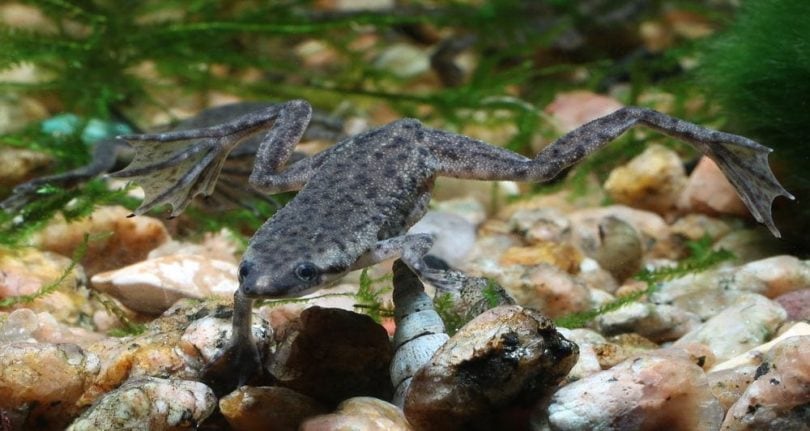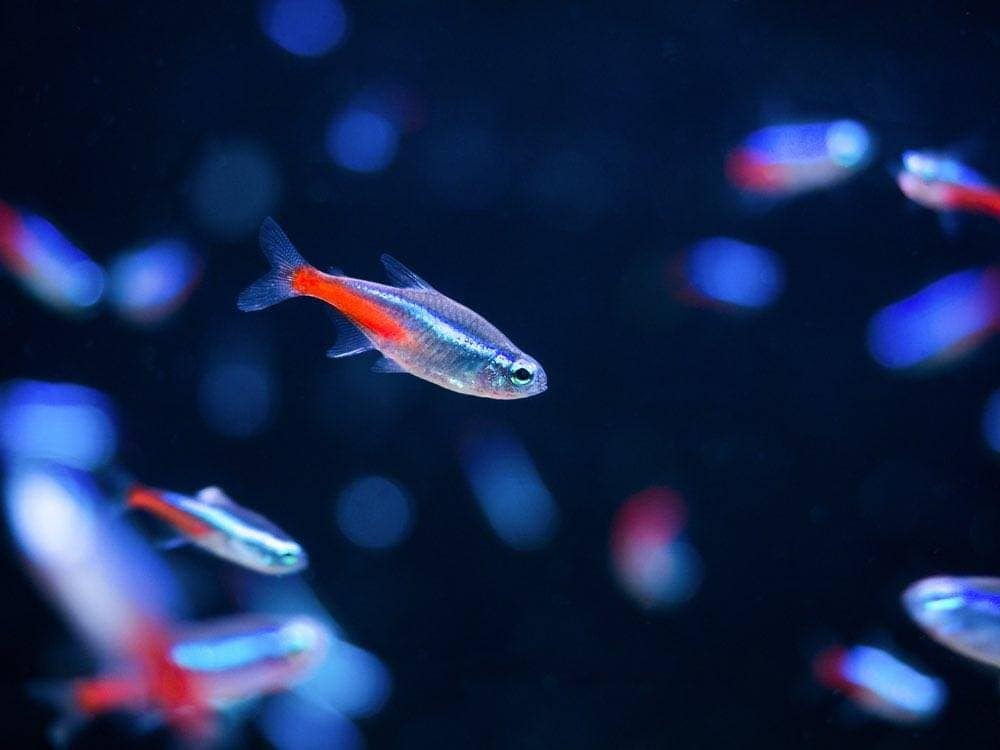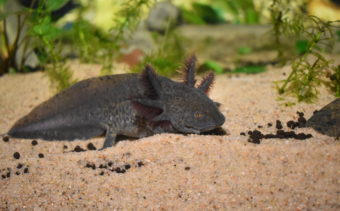Aquarium Aeration: How to Properly Do It In 10 Steps

Updated on
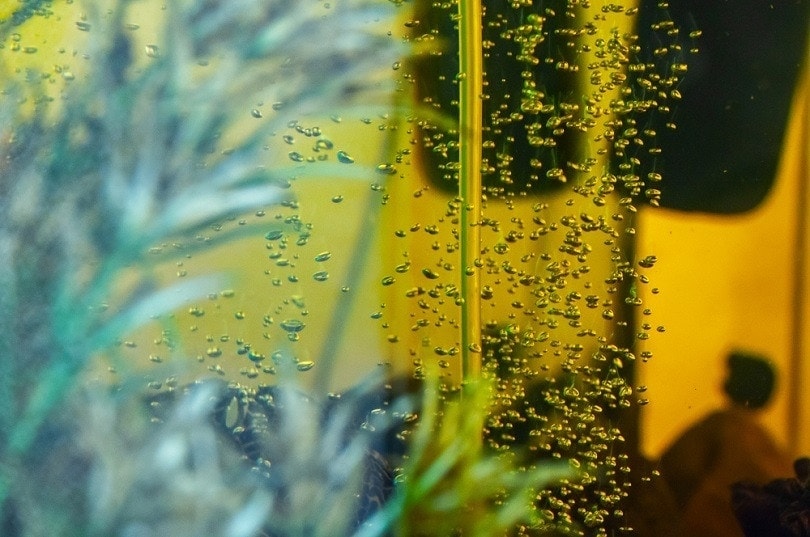
Aerating your tank is a vital element of maintaining an aquarium. Fish and plants will perish in less-than-ideal conditions. Aeration also creates a more relaxing setup for people who have one in their home or business. It’s hard to deny the allure of the white noise of the water movement and the serene environment that it fosters.
The prime objective of aerating a tank is to create surface agitation. You have several choices to make that happen, ranging from simple to more complex. Any one of them can add to your setup and make it more enjoyable for you and your aquatic community. Likewise, the cost of installing one can range from affordable to over-the-top expensive.
The specs of your setup can help guide your choice to the one that will deliver health and aesthetic benefits. The size of your tank matters. Aeration runs the gamut of contributing little to uprooting your live plants and toppling over the décor. Our guide will show you the options that you have for creating a healthier aquarium.
Before You Start
Aerating a tank allows for gas exchange to occur at the water’s surface. It helps dissipate carbon dioxide, which can make the conditions more acidic. While some species, like Goldfish, prefer a lower pH, some, such as saltwater fish, want it on the alkaline side, which means a higher pH. Many fish have a narrow range for their preferred water chemistry.
Aeration also boosts the dissolved oxygen level in your tank. That parameter is essential for the well-being of your fish and live plants. The minimum level is 8.3 ppm at 78℉. You can get test kits to measure it. However, your fish will give you a clue if conditions are less than ideal. You’ll see them gasping at the surface in obvious distress with inflamed gills.
You may also notice an unpleasant odor emitting from the tank. If you have live plants, you’ll see that they will look stressed. Remember that many bodies of water will have water flowing into them, if only because of the runoff from the area around them. That will agitate the surface to varying degrees. Even the wind will cause some agitation.

Other Considerations for Aerating Your Tank
Other factors can affect the dissolved oxygen concentration in your tank, making aeration more critical. Knowing these things up front can supplement your efforts for a healthy aquarium.
- Overfeeding
- Overstocking with fish, plants, or invertebrates
- Lack of regular maintenance
- Spent filter cartridges
- High water temperatures
- Salinity
These are things that you can and should control. All can worsen low-oxygen conditions and push the need for aeration into the danger zone.
The 10 Steps to Aerate Your Aquarium
1. Test Your Tank Water.
We recommend weekly testing to monitor your tank’s water chemistry. Doing it at this time gives you a baseline. You should check the ones that are most likely to affect your fish and plants, including pH, ammonia, nitrates, dissolved oxygen, and nitrates. The first four are essential. The last one is a product of long-term problems caused by unresolved issues with others.
2. Start Small With an Air Pump and Air Stone.
The quickest and easiest way to get things moving in your aquarium is to set up an air pump to run an air stone. The steady stream of bubbles will agitate the surface of your tank and allow the vital gas exchange to occur. It’s an excellent solution for smaller tanks because a pump works best when it’s shallow enough to still push air. One on each end is ideal.

3. Get the Right Size Air Pump for Your Tank.
Manufacturers often include a recommended tank size for their products. Nevertheless, it’s not a hard-and-fast rule. Many things can affect what you need, including plants, the number of fish, and species. Figure on 0.033 L/min per gallon of water in your aquarium (2 in3/min) for an unplanted tank. One at 0.0264 L/min (1.6 in3/min) is best for them, with 0.0413 L/min (2.5 in3/min) for saltwater.
If you want your fish to breathe properly but you’re unsure of exactly how to create the best aeration setup in your aquarium, you should check out our best-selling book, The Truth About Goldfish, on Amazon. It covers everything about tank setup and maintenance for all types of goldfish housing!
4. Add Décor.
Airstones work well because they’re small enough to hide while still providing an aesthetic element to your aquarium. However, you can also accomplish the same thing with air-powered tank décor. You can get a kitschy treasure chest with a skeleton or any other fun item to create a theme for your aquarium while benefiting the fish in the process.

5. Kick It Up a Notch With a Submersible Powerhead.
If you have a larger aquarium (more than 20 gallons), using a submersible powerhead is the way to go. It will provide greater airflow and create circulation in your tank. Products vary whether you can use them with an under-gravel filter or just as a wavemaker.
6. Get the Right Powerhead for Your Tank.
The correct output for an unplanted tank is 5 gallons per hour (GPH) for every gallon of water. You’re looking at 145 GPH for a 29-gallon aquarium. That figure allows for a complete water turnover rate five times an hour. Use 4 GPH as a guide for planted tanks to avoid uprooting them. Saltwater aquariums need a greater GPH of 6.5.
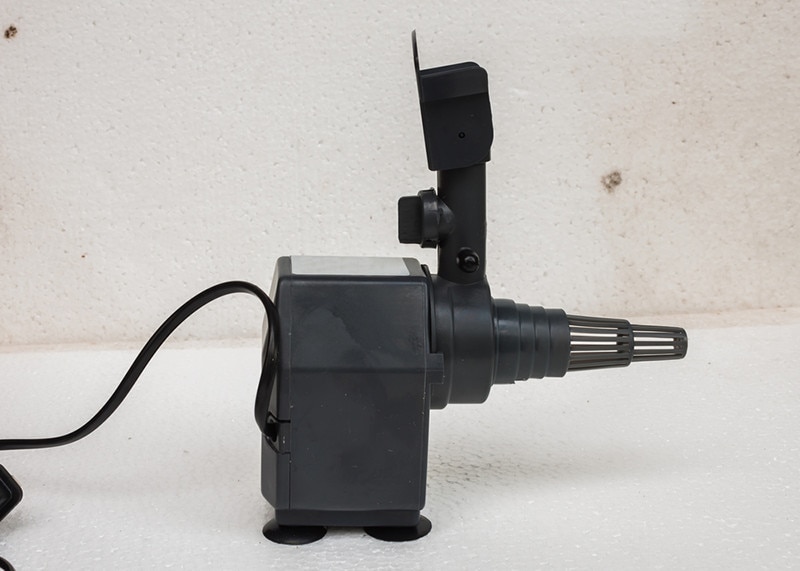
7. Adjust the Airflow for Optimal Surface Agitation.
Many powerheads are adjustable. You can control the airflow and its direction. We suggest observing the conditions in your tank and tweaking the output as necessary. If you have a larger tank of 55 gallons or more, you should plan on getting two powerheads positioned at either end of the tank or in the middle pointing in opposite directions.
8. Install a Power Filter.
A power filter is an effective way to create a biological filtration system with the medium and provide adequate surface agitation. The aforementioned GPH figures are appropriate for these products too. You can opt for a filter that hangs on the side of your tank, creating a waterfall effect. A canister filter sits inside your tank, providing excellent filtration. However, these are the most expensive.
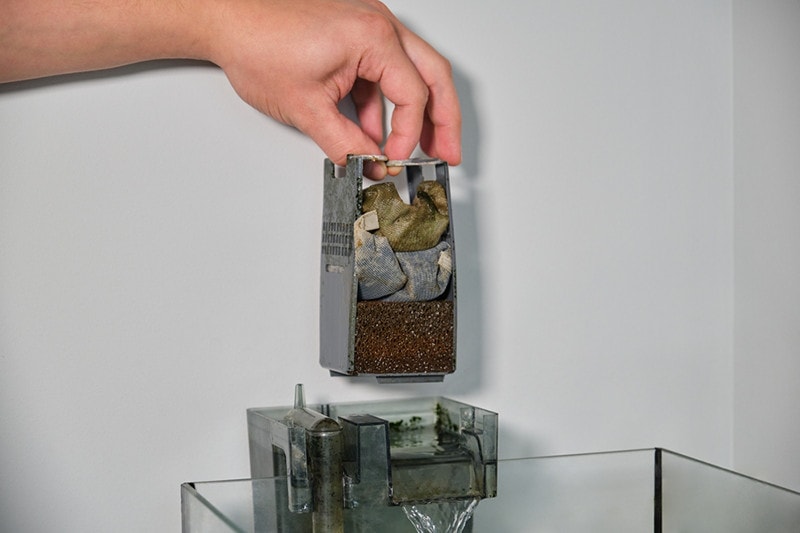
9. Replace Items as Necessary.
Every type of aeration system requires maintenance. Air stones get clogged after a while, impellers wear out in powerheads, and power filters will need replacement cartridges. These tasks are essential to ensure reliable airflow in your tank. It’s vital for both your fish and live plants.
10. Set Up a Water Testing Routine.
Aerating your aquarium will be for naught if you don’t monitor your tank’s water chemistry. An aquarium isn’t a static environment: It’s dynamic, responding to the ever-changing conditions within it. Test kits don’t have a long shelf life, so it’s best to get what you’ll need for a month or two. We suggest following the manufacturer’s recommendations for storage.
Final Thoughts
Aerating your tank helps provide a healthier environment for your fish. It improves the gas exchange going on at the water surface — you can think of it as hands-off maintenance. The critical thing to remember is that an aquarium without aeration is on the fast track to losing fish and plants. Besides, a stream of bubbles or water flow creates a more pleasing setup that you can enjoy.
See Also:
- How to Get Rid of Blue-Green Algae in Planted Aquariums (Quick & Easy)
- How to Make a DIY Sponge Filter for Your Aquarium
Featured Image Credit: Pavel Kruglov, Shutterstock

